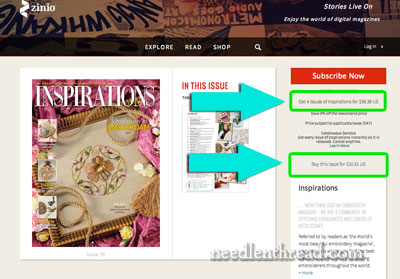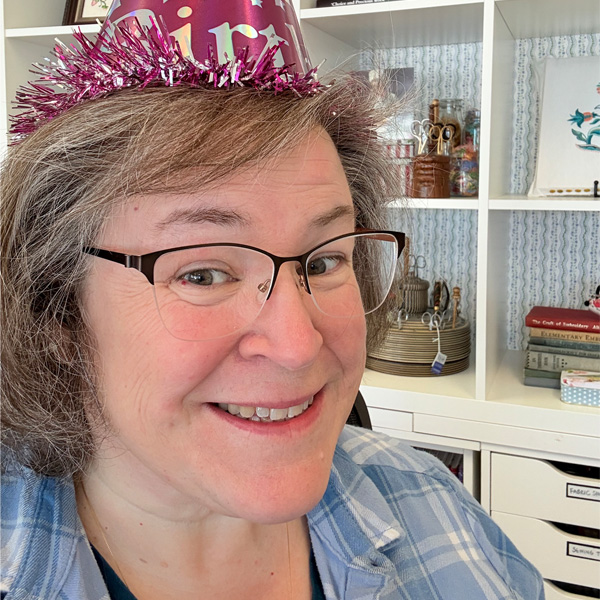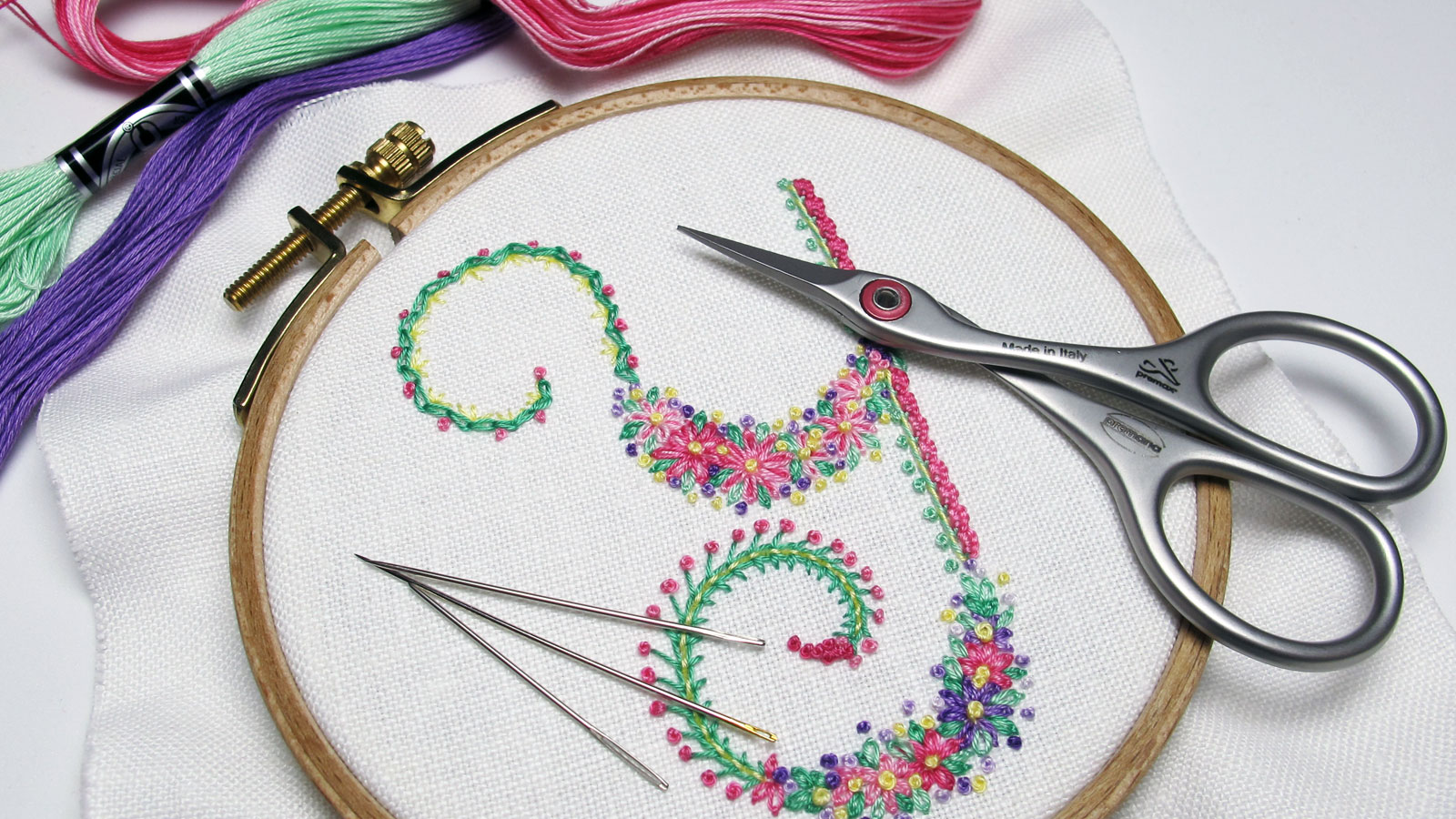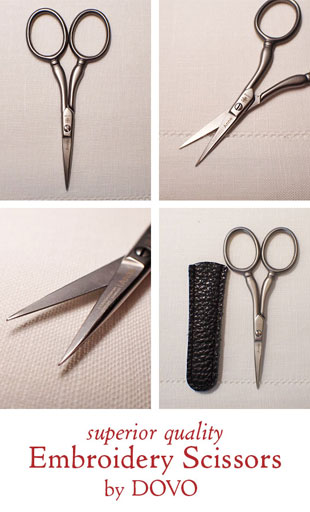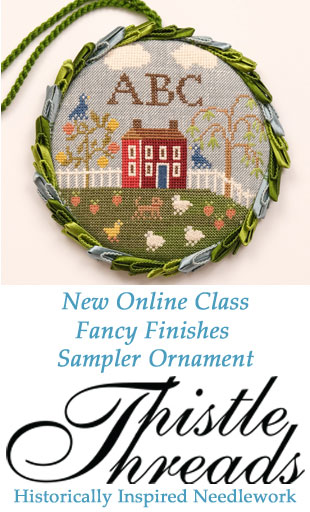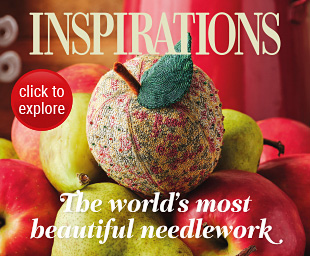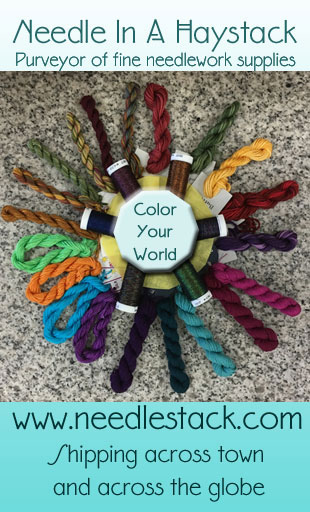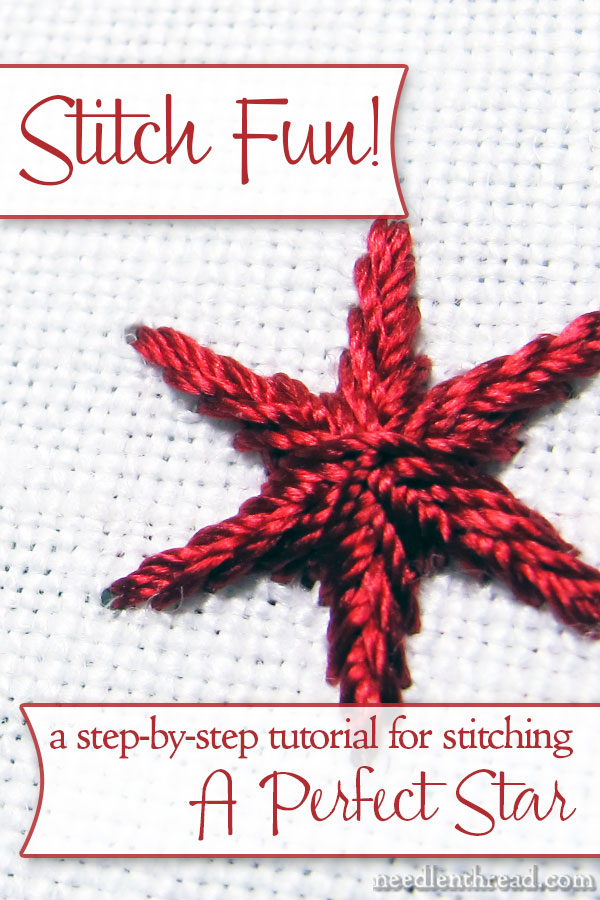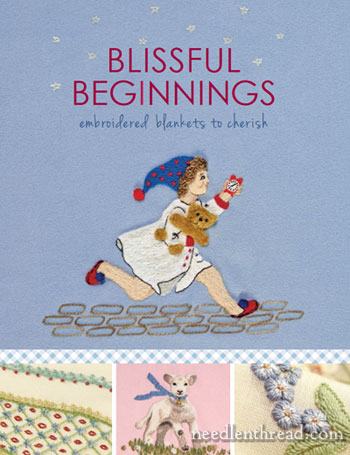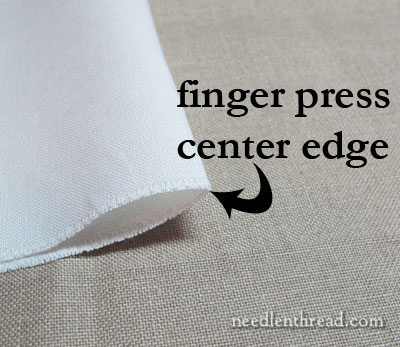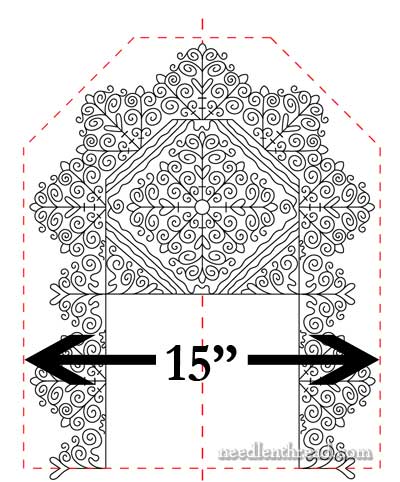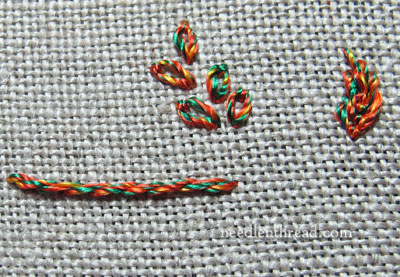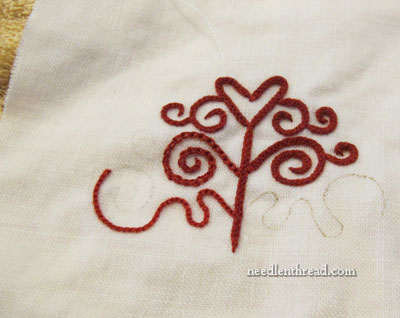November 17, 2012
Inspirations Magazine for e-Readers!
Did you know that the most beautiful embroidery magazine in the world – Inspirations Magazine – is now available in electronic format?
This means the magazine can be read on a computer, laptop, mobile device (iPad, iPod, iPhone, Android), or electronic reader (kindle, nook, etc.). It also means that, if you found the print price of the magazine out of your budget range, you can now get the electronic version for less than half price for the year. For less than $40 per year (four issues), you can enjoy Inspirations Magazine in electronic format.
It also means that you don’t actually have to wait for your subscription to arrive in the mail. But… but…. well. More on that point, later.
At first, I was a little skeptical, I admit. I’m not exactly an “e-reader,” myself. I admit that I’ve never read a book on my iPad! I like books that you open with your hands, so you can feeeeeeeel the paper, books that you can smell (yes, books have a smell!). And I like audiobooks, because they see me through many a long embroidery project. But I haven’t yet gotten into electronic books.
But I do use my iPad a lot when traveling, and I do a lot of blog-related stuff on it. So I was eager to see just how Inspirations would translate, electronically. To that end, I bought a copy of the first electronic issue, and here’s how the purchase went, and my impressions of the new electronic version of Inspirations Magazine.
